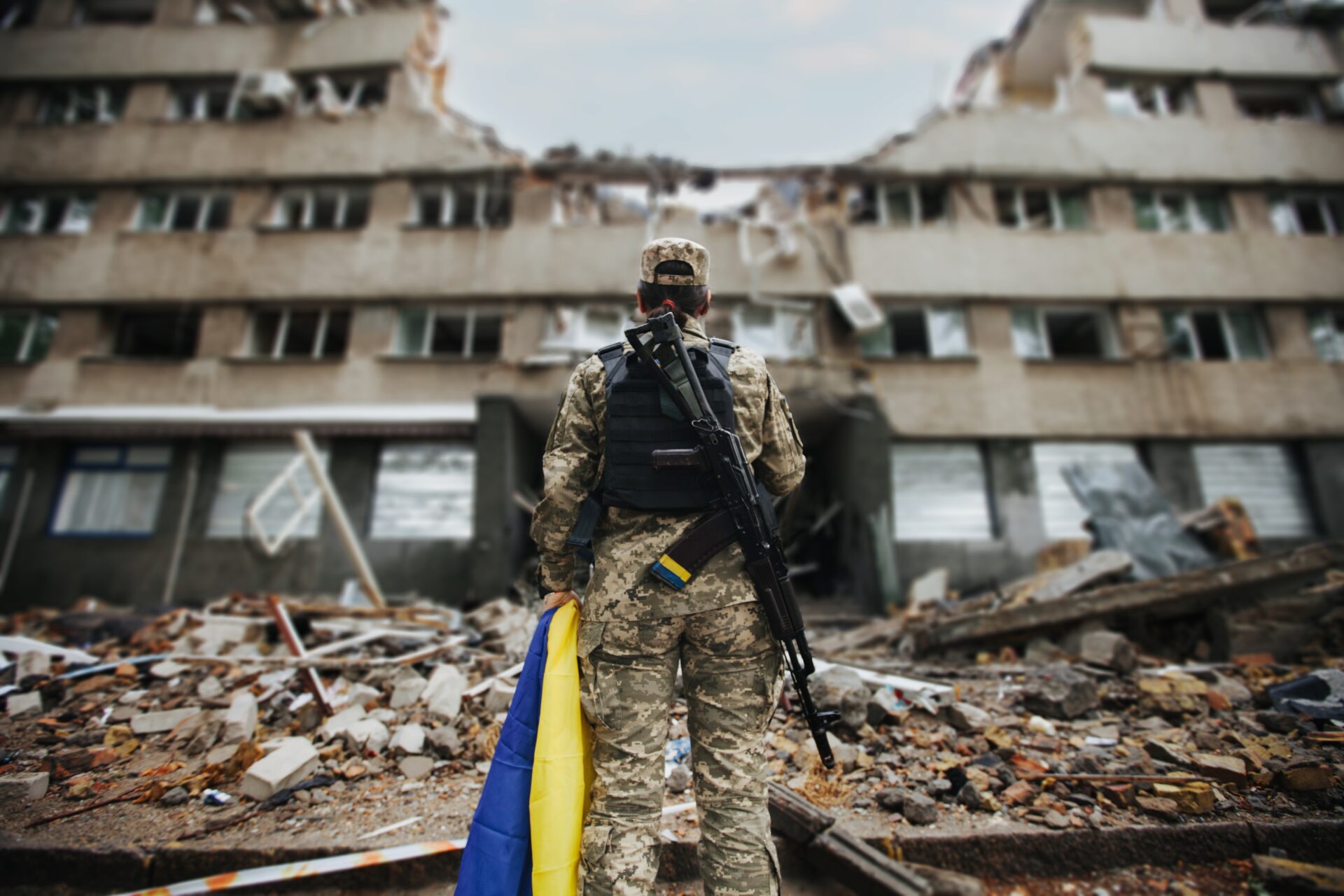
Her War Reporting Nearly Turned FATAL!
A New York Post reporter narrowly escaped a Russian bombing in Ukraine, spotlighting the perilous reality journalists face in conflict zones and raising urgent questions about the cost of frontline truth‑telling.
At a Glance
• Caitlin Doornbos, a New York Post foreign correspondent, was just feet away when a Russian bomb struck a nearby residential building in Ukraine.
• The incident highlights the extreme risks journalists face while reporting from war zones.
• There is increasing demand for stronger international protections and protocols for press safety.
• The escalation of hostilities underscores broader issues of accountability and intervention in war-torn regions.
Journalists in the Line of Fire
While covering Russia’s bombing campaign in Ukraine, Caitlin Doornbos came terrifyingly close to the blast zone—just feet away from an exploding bomb that hit a local residential structure. The near miss underscores the real danger reporters endure to bring frontline coverage to global audiences. As Doornbos recounted in the footage, the chaos and terror immediately surrounding the blast were crystallizing reminders of the stakes involved in war reporting.
Watch a report: NY Post reporter Caitlin Doornbos shares harrowing moment bomb fell just feet away in Ukraine
Her harrowing experience is emblematic of a broader pattern: journalists have repeatedly faced direct threats—from missiles, drone strikes, artillery, and ground combat—while documenting the conflict in Ukraine. Despite the growing recognition of journalists as protected civilians under international humanitarian law, enforcement remains uneven, and frontline press risk continues to rise globally.
Protective Measures & Moral Imperatives
The incident involving Doornbos has triggered renewed debate over the adequacy of safety measures and support systems for war correspondents. Media organizations, reporters, and advocacy groups are calling for more robust protective protocols, including better training, safer embed strategies, and international backing for press safety.
Doornbos’s recent recognition with the Marie Colvin Award for Foreign Correspondence further underscores her commitment to fearless reporting. Her coverage—from embedded dispatches to reporting at secret weapons repair bases—highlighted not only the cost of war, but the fundamental democratic necessity of truthful eyewitness journalism.
As the conflict persists, Doornbos’s narrow escape serves as a reminder: behind every headline lies a personal risk, and behind every risk, a journalist working to ensure the world bears witness.